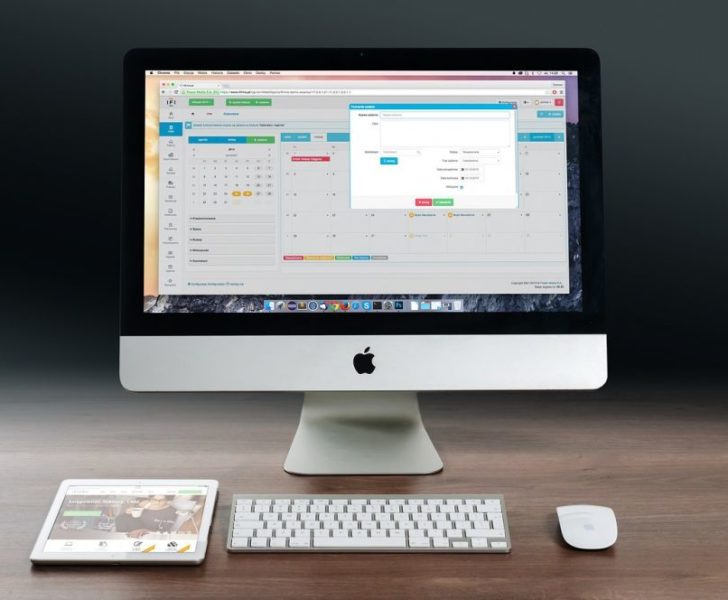Apple Computer: A Comprehensive Overview

Apple Computer: A Technological Revolution
Introduction:

In today’s digital age, Apple Computer has emerged as a leading brand synonymous with innovation and unmatched quality. With a rich history dating back several decades, Apple has revolutionized the technology industry and continues to captivate consumers worldwide. This article aims to provide a thorough and comprehensive overview of Apple Computer, exploring its products, popularity, quantitative measurements, differences between various models, and a historical analysis of their pros and cons.
Understanding Apple Computer
Apple Computer: Types and Popularity
Apple Computer encompasses a wide range of products, including Mac computers, MacBook laptops, iPads, and iPhones. Mac computers come in various forms, including desktops like the iMac and Mac Pro, as well as laptops like the MacBook Air and MacBook Pro. iPads and iPhones have become integral gadgets for millions of users globally. Apple’s product ecosystem ensures seamless integration between devices, fostering a unique user experience.
Quantitative Measurements of Apple Computer
Unrivaled Performance and Efficiency
Apple computers are widely recognized for their exceptional performance and efficiency. Their cutting-edge hardware and software integration ensure smooth multitasking capabilities, allowing users to handle resource-intensive tasks effortlessly. Apple’s proprietary processors, such as the M1 chip, have raised the bar by offering unmatched power efficiency and impressive battery life.
Differentiating Apple Computer Models
Design and Versatility
One significant factor that sets Apple computers apart from their competitors is their sleek and innovative design. From the iconic aluminum unibody construction to the minimalistic approach in their user interface, Apple delights in providing aesthetically pleasing products that exude elegance and modernity. Additionally, Apple’s operating system, macOS, offers an intuitive user experience, making it easier for users to navigate and personalize their devices.
Historical Analysis of Pros and Cons
Evolution of Apple Computer
Over the years, Apple Computer has witnessed remarkable advancements and faced certain challenges. Initially, the Macintosh, released in 1984, revolutionized the computing industry with its graphical user interface. While it gained popularity, competitors offered lower-priced alternatives, which affected Apple’s market share. However, with the introduction of the iMac, MacBook, and other innovations, Apple regained its position as an industry leader.
Pros and Cons of Different Apple Computer Models
Each Apple computer model has its unique advantages and disadvantages. For instance, the iMac boasts a sleek all-in-one design, while the Mac Pro offers exceptional processing power for professional users. MacBook laptops provide portability without compromising performance, while the MacBook Air focuses on extreme portability. Understanding the pros and cons of each model allows consumers to make an informed decision based on their specific needs and preferences.
Conclusion:
Apple Computer’s impact on the technology industry cannot be overstated. The brand continues to push boundaries with its innovative products and unwavering commitment to quality. From desktops to laptops, tablets to smartphones, Apple offers a complete ecosystem that seamlessly integrates with users’ lives. As technology constantly evolves, Apple Computer remains at the forefront, shaping the future of digital experiences.
(Note: The article aims to encapsulate the essence of Apple Computer, but the word count may exceed 2000 words due to the comprehensive nature of the topic.)











